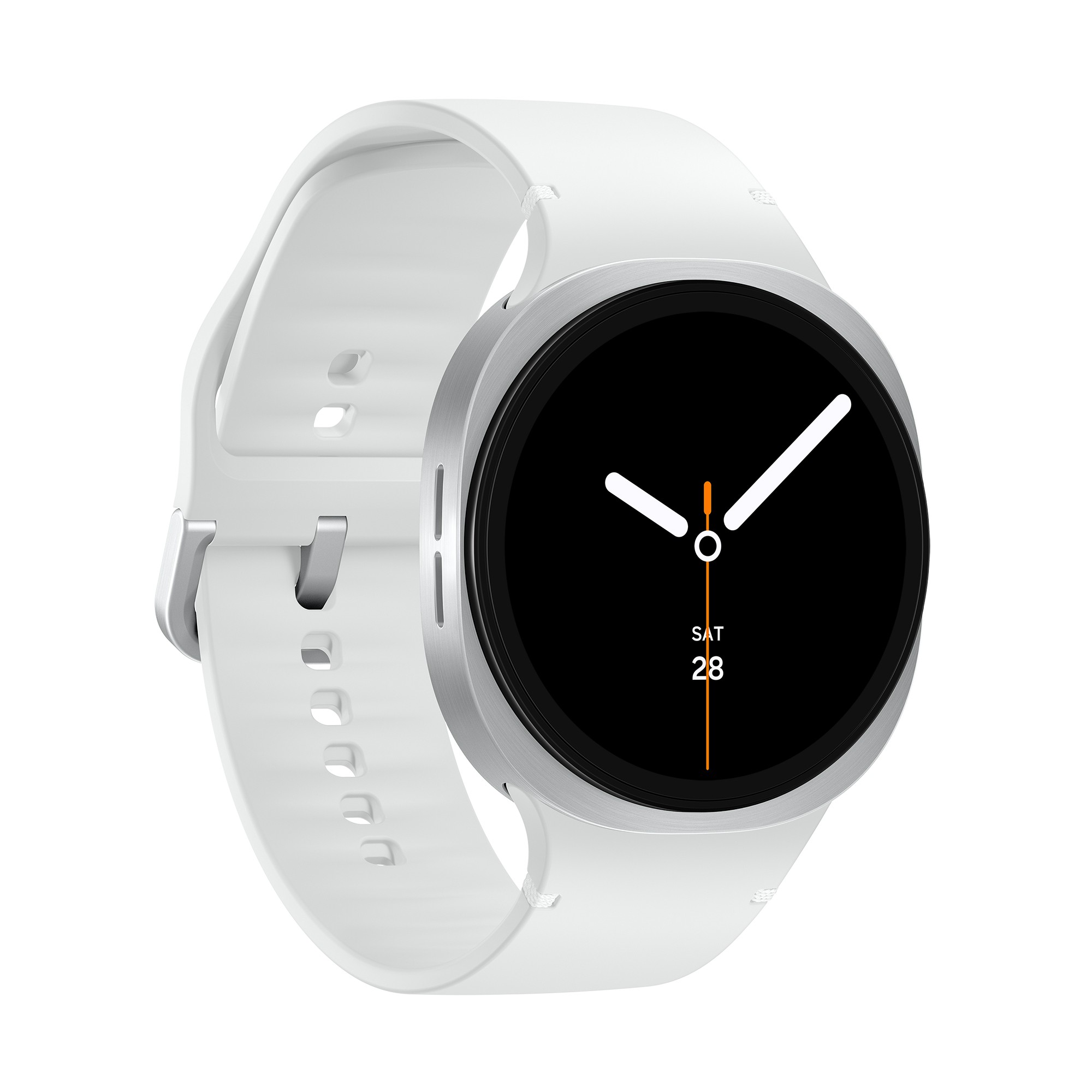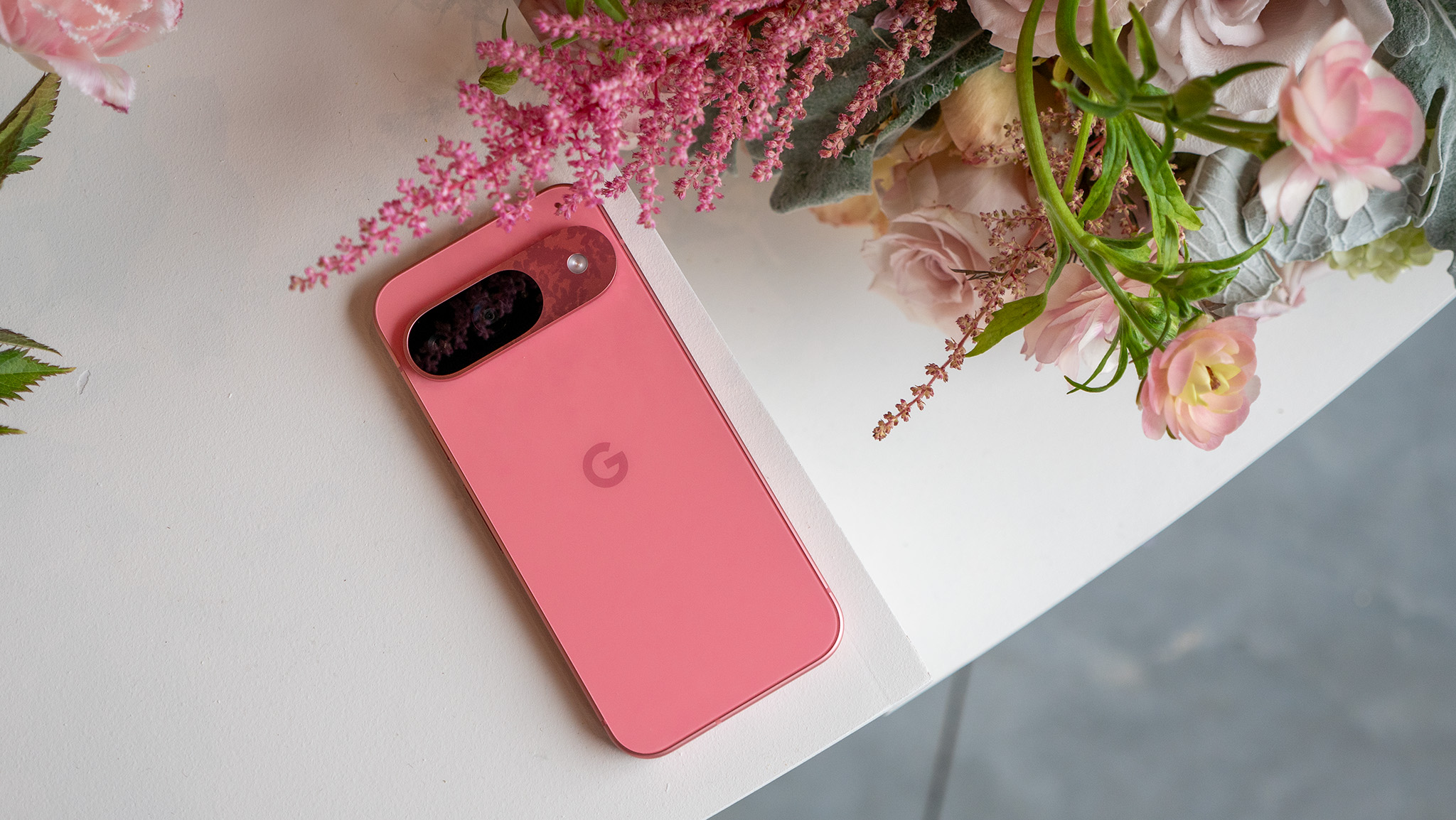Samsung Galaxy Watch 8 vs. Galaxy Watch 7: More than just a facelift?
The Samsung Galaxy Watch 8 steals the Ultra's design language, but what else does it bring to the table?
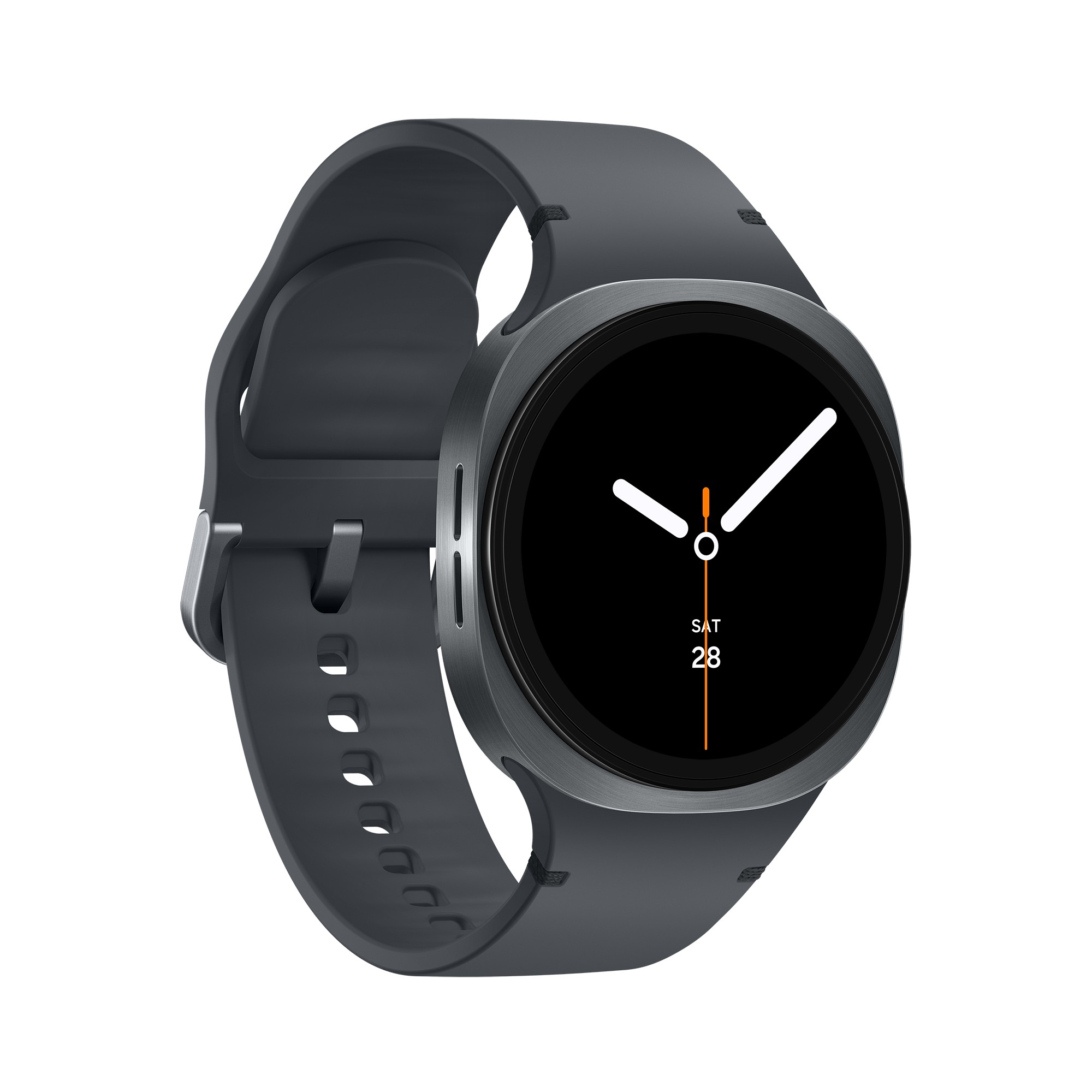
A fresh design
The Samsung Galaxy Watch 8 takes a few cues from last year's Ultra model while building upon the design of the Watch 7. It features new health tools and AI features, but largely sports the same chip and sensors as the prior model.
Pros
- Multiple sizes with Wi-Fi and LTE options
- Sturdy and well built
- Bright AMOLED display
- Water and dust resistant
Cons
- Only incremental battery upgrade
- Raised bezel can't be used for controls
- Same chip and sensors as last-gen model
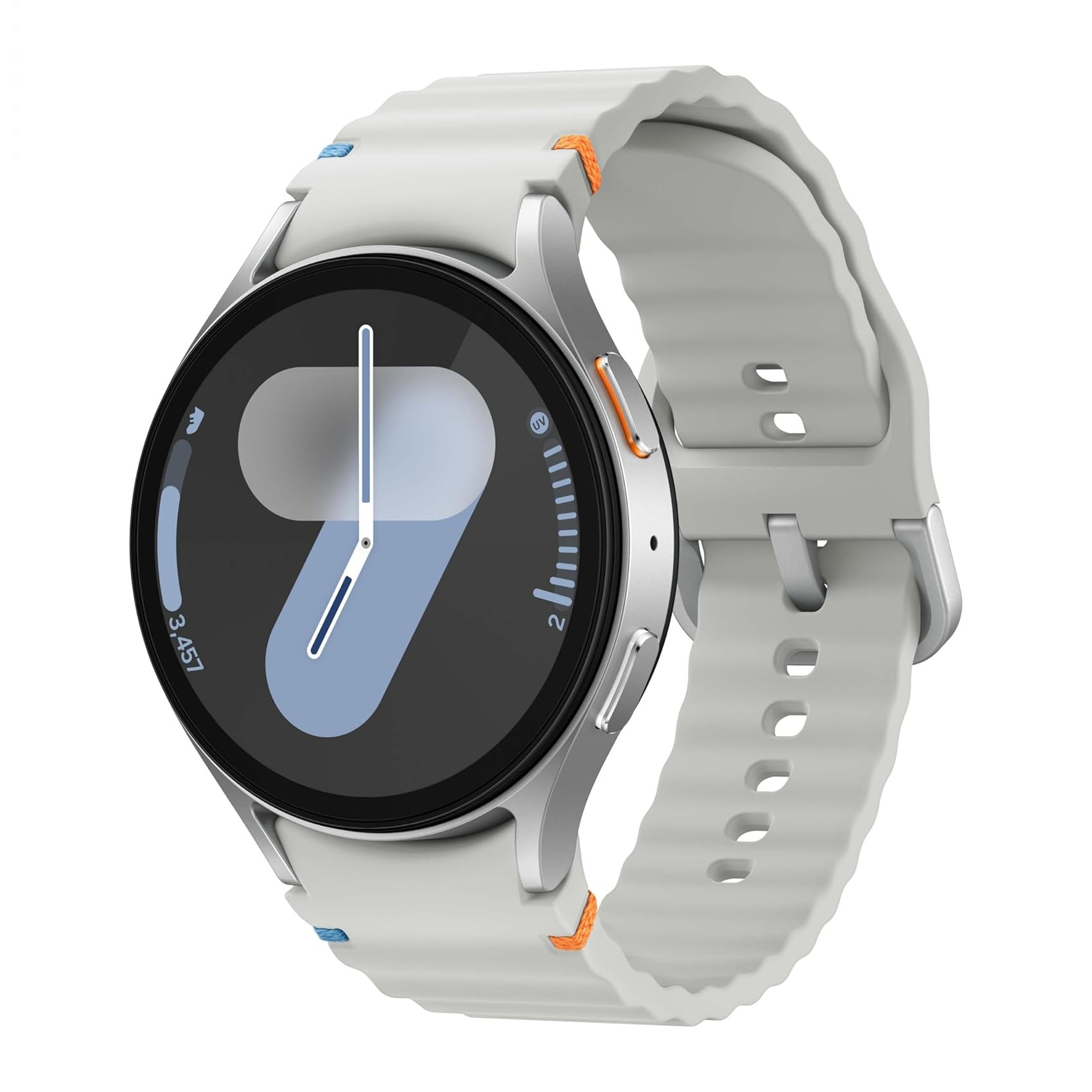
Still great
Samsung has made a bunch of improvements under the hood of the Galaxy Watch 7 that make the usage experience and health tracking much better. It doesn't hurt that it's also more affordable. With the Watch 8 taking its place, you should be able to find some great deals on it too.
Pros
- More power-efficient processor is faster and easy on the battery
- More accurate heart rate tracking
- New health tracking features are very useful
- Priced really well
Cons
- Incompatible with Samsung's Wireless Power Share feature in its phones
- Gestures can be finicky at times
Samsung shook up its wearable lineup last year with the Galaxy Watch Ultra, and now, that smartwatch is changing the company's entire wearable portfolio. The brand-new Samsung Galaxy Watch 8 features the same design language as the Ultra, and it's thinner than last year's model. If you liked the Ultra, you might think the Galaxy Watch 8 looks sharp.
However, there are a lot of similarities under the hood between the Galaxy Watch 8 and the older Galaxy Watch 7. As the latter is seeing major discounts, is there a reason to get the new model? Let's break down exactly how these two Galaxy smartwatches compare to help you figure out which one to buy.
For more news and information on Samsung’s latest smartwatch, check out our Ultimate Guide.
Samsung Galaxy Watch 8 vs. Galaxy Watch 7: Design
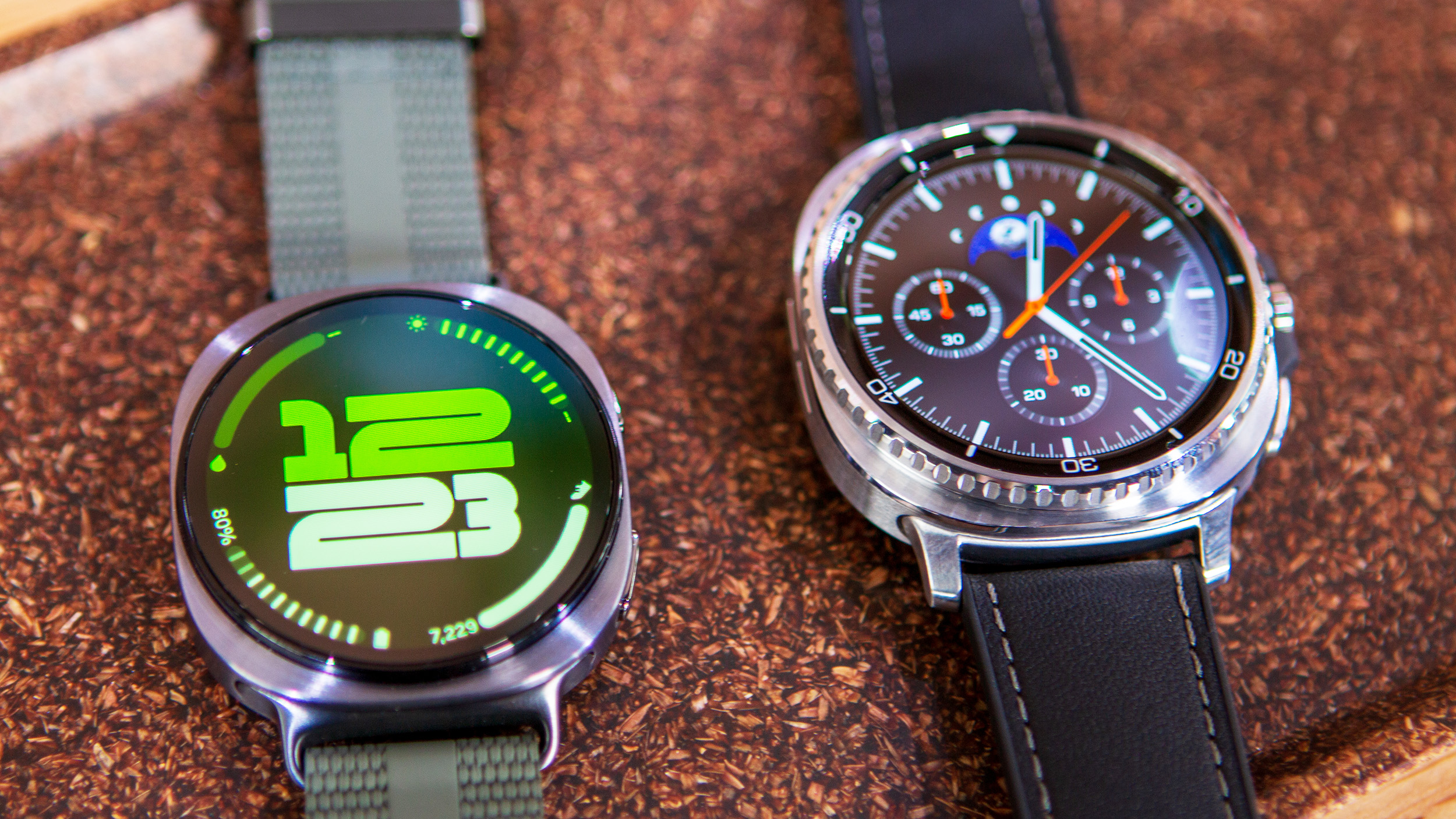
Samsung adopted a squircle design similar to the Galaxy Watch Ultra for the Galaxy Watch 8, giving it a fresh look. Aside from the case overhaul, the Galaxy Watch 8 still comes in 40mm and 44mm sizes. It's 11% thinner than the older model, measuring 8.6mm thick for both form factors.
In terms of variants, the Galaxy Watch 8 is available in two sizes: 40mm and 44mm, each with Wi-Fi and LTE options. Their respective screen sizes are 1.34 and 1.47 inches. These are slightly different display sizes from what you'll get with the Galaxy Watch 7, which has 1.3-inch and 1.5-inch screens. The newer model is also 50% brighter than the Galaxy Watch 7, reaching a peak brightness of 3,000 nits.
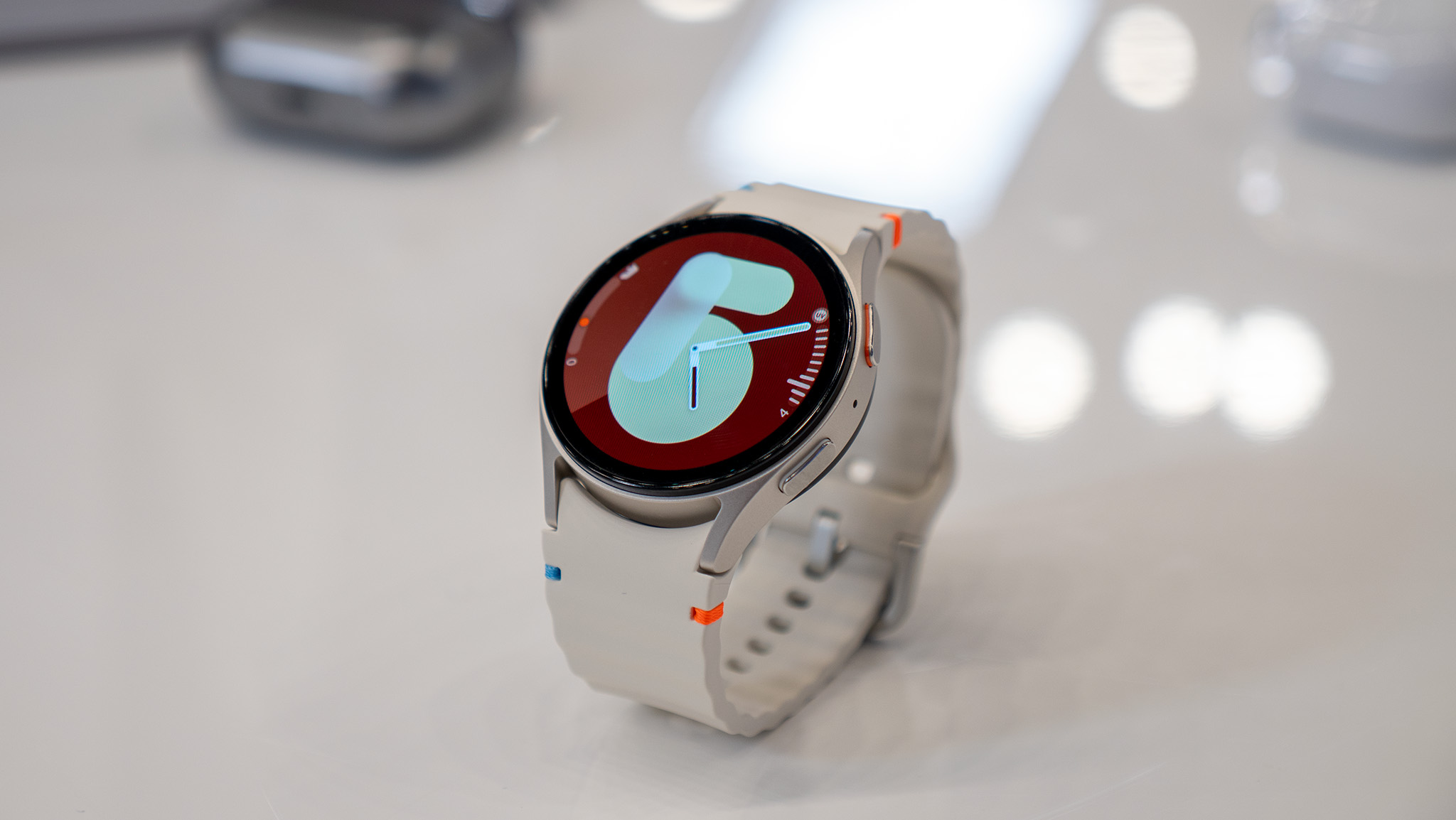
The Samsung Galaxy Watch 7 comes in a 40mm model with a 1.3-inch Super AMOLED display and a 44mm model with a 1.5-inch Super AMOLED display. Samsung has gone with Sapphire Crystal for scratch protection, which is the same material on the Watch 8, too.
The Galaxy Watch 7's display has a peak brightness of up to 2,000 nits, which is the same as that on the older Watch 6. In daily use, we found the screen to be crisp and highly legible even under direct sunlight. The Galaxy Watch 7 comes with a sports band that matches the color of the watch's casing. You can mix and match the strap type and colors via Samsung.com, though.
Get the latest news from Android Central, your trusted companion in the world of Android
Samsung Galaxy Watch 8 vs. Galaxy Watch 7: Specs and hardware
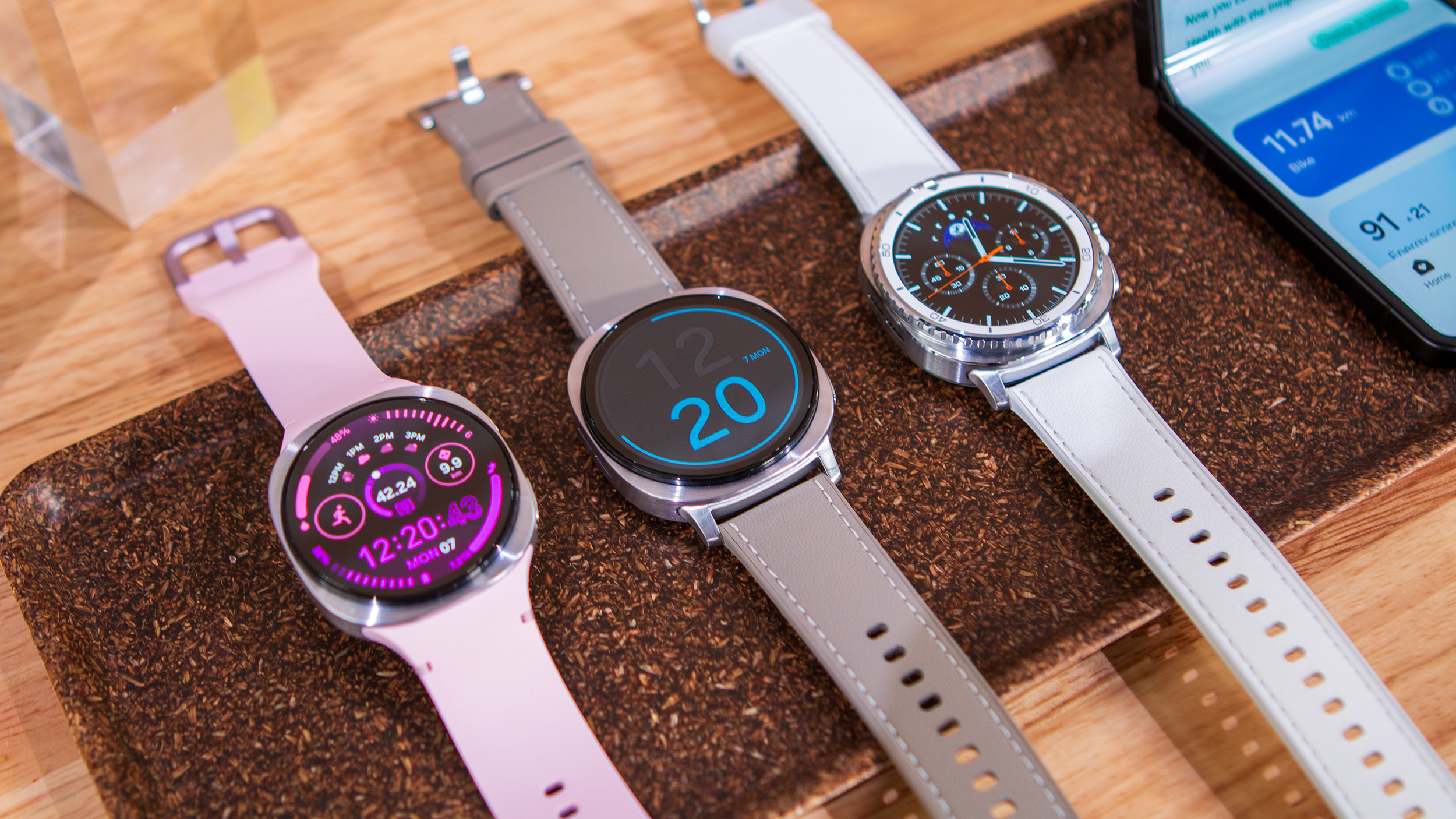
The Galaxy Watch 7 came with a newer Exynos W1000 chip, and Samsung is sticking with the same one this year. It's not uncommon for the company to reuse its processors across generations. Even though the Galaxy Watch 8 has the same Exynos W1000 processor, it is running One UI 8 Watch, based on the latest Wear OS 6 version.
It also has the same rejigged BioActive sensor that debuted with the Watch 7 for advanced health monitoring, like the AGEs Index. Samsung touts new health and fitness features on the Watch 8, utilizing this sensor, including the Antioxidant Index, which allows you to track carotenoid levels directly from your smartwatch.
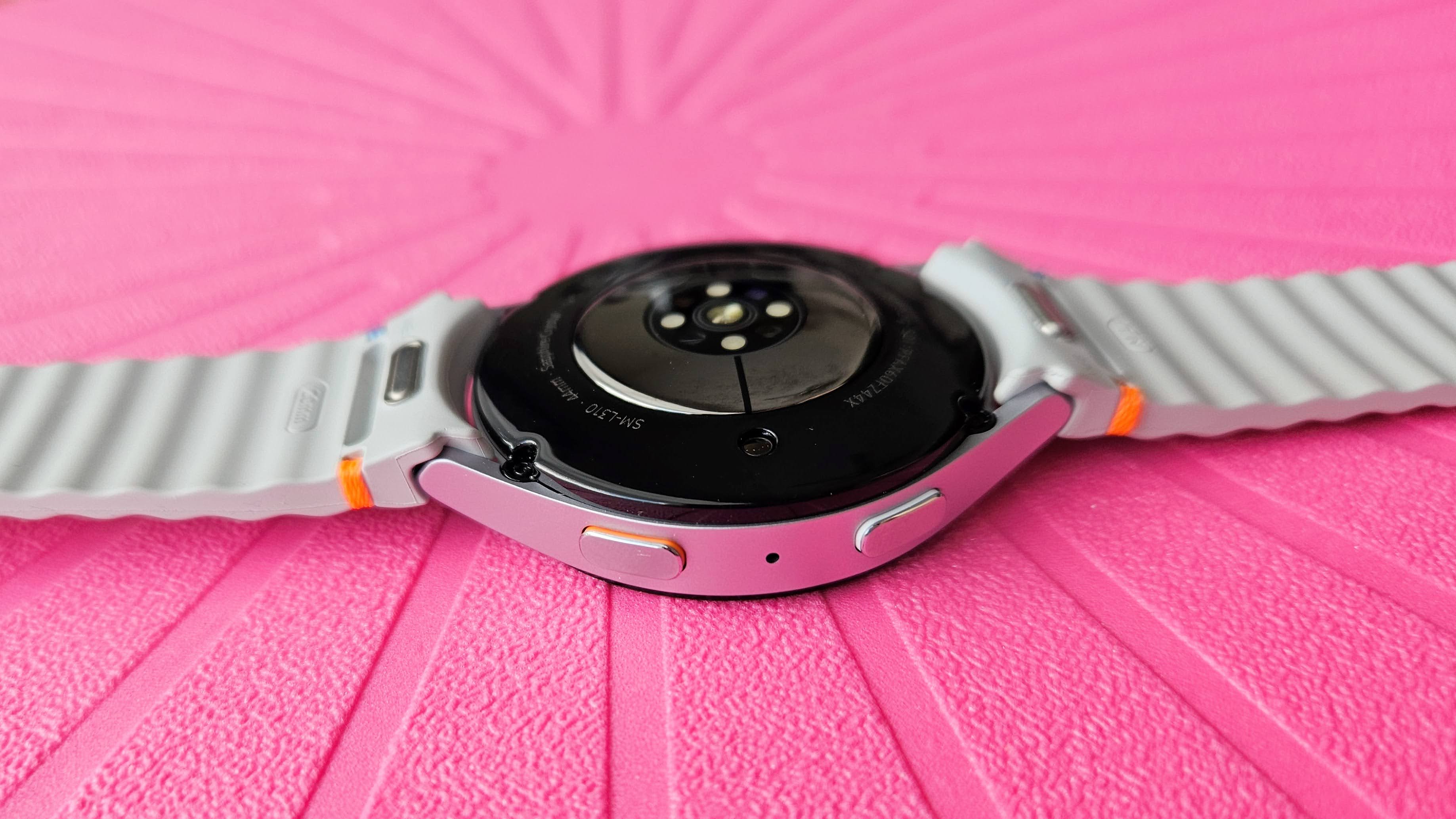
As for the rest of the specs, they're identical to the Watch 7. The Galaxy Watch 8 comes with 2GB of RAM, 32GB of storage, dual-band GPS, IP68 dust and water resistance, and a MIL-STD-810H rating for toughness.
The Galaxy Watch 8 has a similar battery life to the Watch 7, with a slight increase in capacity. The 44mm variant features a 435mAh capacity, while the smaller version has a 325mAh capacity.
Category | Samsung Galaxy Watch 8 | Samsung Galaxy Watch 7 |
|---|---|---|
Display | 40mm (1.34-inch, 438x438) or 44mm (1.47-inch, 480x480) Super AMOLED display | 40mm (1.3-inch, 432x432) or 44mm (1.5-inch, 480x480) Super AMOLED display |
Processor | Exynos W100 | Exynos W100 |
Protection | Sapphire Crystal glass, 5ATM, IP68, MIL-STD-810H | Sapphire Crystal glass, 5ATM, IP68, MIL-STD-810H |
Materials | Armor Aluminum case | Armor Aluminum case |
Connectivity | Bluetooth 5.3, Wi-Fi 2.4/5GHz, NFC, LTE (optional), GPS, Galileo, Glonass | Bluetooth 5.3, Wi-Fi 2.4/5GHz, NFC, LTE (optional), GPS, Galileo, Glonass |
Sensors | Samsung BioActive Sensor (Optical Bio-signal sensor+ Electrical Heart Signal + Bioelectrical Impedance Analysis), Temperature Sensor, Accelerometer, Barometer, Gyro Sensor, Geomagnetic Sensor, Light Sensor | Samsung BioActive Sensor (Optical Bio-signal sensor+ Electrical Heart Signal + Bioelectrical Impedance Analysis), Temperature Sensor, Accelerometer, Barometer, Gyro Sensor, Geomagnetic Sensor, Light Sensor |
Battery | 325mAh/435mAh | 300mAh/425mAh |
Charging | Fast charging (WPC-based wireless) | Fast charging (WPC-based wireless) |
RAM/ storage | 2GB/ 32GB | 2GB/ 32GB |
OS | One UI 8 Watch (Wear OS 6) | One UI 6 Watch (Wear OS 5) |
The Galaxy Watch 7 has 2GB of RAM and 32GB of storage, an IP68 rating, and MIL-STD-810H certification. The new addition is Samsung's improved BioActive Sensor, which is capable of more accurate health and fitness tracking thanks to the redesign of the LED sensors. The glass dome underneath the watch is also more pronounced, so it makes better skin contact.
The Samsung Galaxy Watch 7 has a 300mAh or 425mAh battery capacity and supports WPC-based fast charging. In our review, the 44mm variant lasted two days with the AOD (always-on display) disabled, which we think is pretty decent.
Samsung Galaxy Watch 8 vs. Galaxy Watch 7: Features
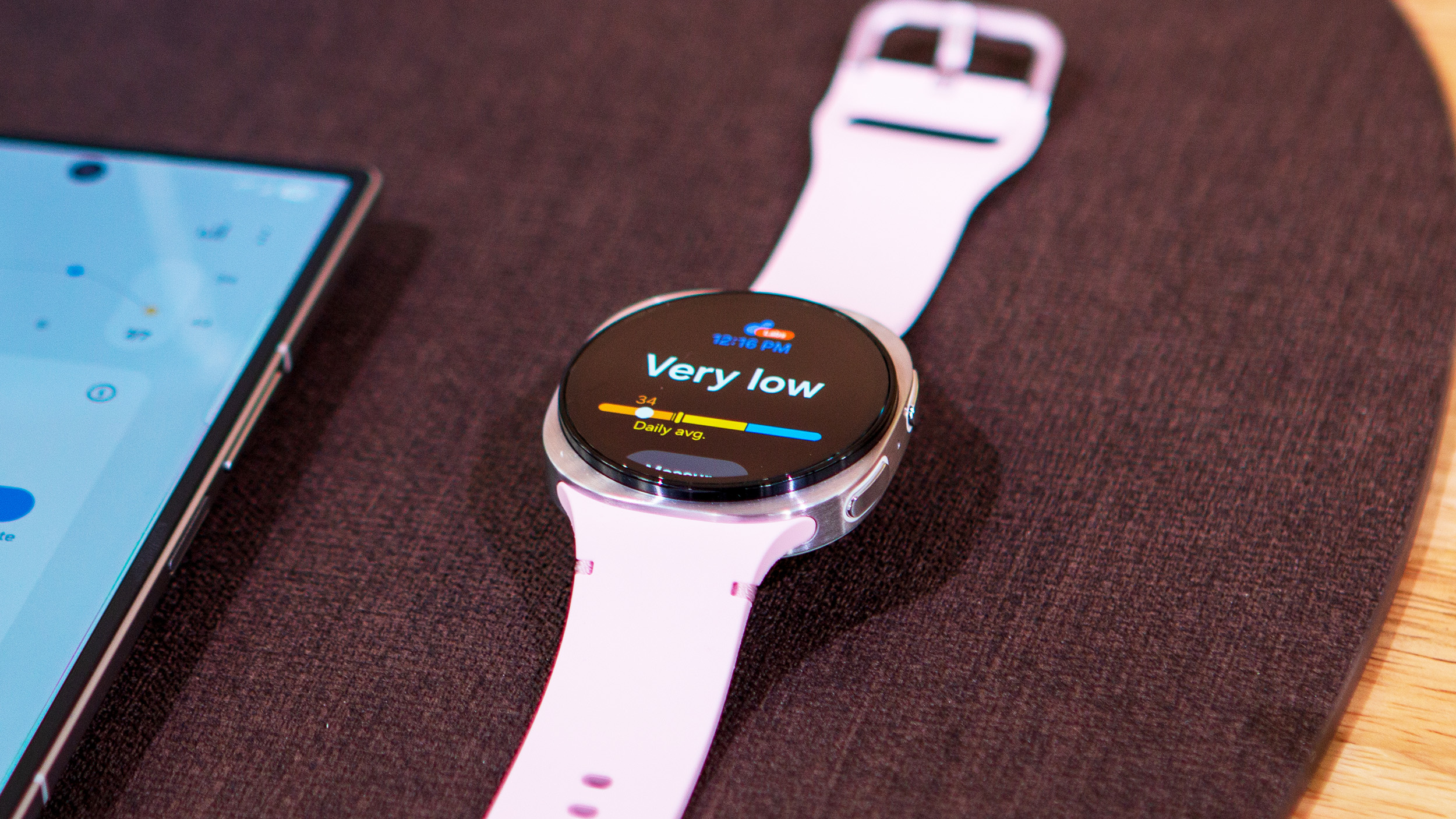
The Galaxy Watch 8 is the first smartwatch to launch with Wear OS 6, or more specifically, One UI 8 Watch. The upgrade marks the shift to Gemini, which replaces the Google Assistant on your wrist. Gemini and Galaxy AI come to the Galaxy Watch 8 to help out with daily tasks and fitness insights. Although the Galaxy Watch 7 will get some of these features in a future update, for now, they're a Galaxy Watch 8 exclusive.
As previously mentioned, the big new health feature this year is the Antioxidant Index. According to Samsung, this feature enables "you to measure carotenoid levels in just five seconds and make informed lifestyle choices for healthy aging."
It builds off the existing fitness and health features available on both the Galaxy Watch 8 and Galaxy Watch 7. These include Running Coach, Energy Score, and High Stress Alert.
Samsung Galaxy Watch 8 vs. Galaxy Watch 7: Which one should you buy?
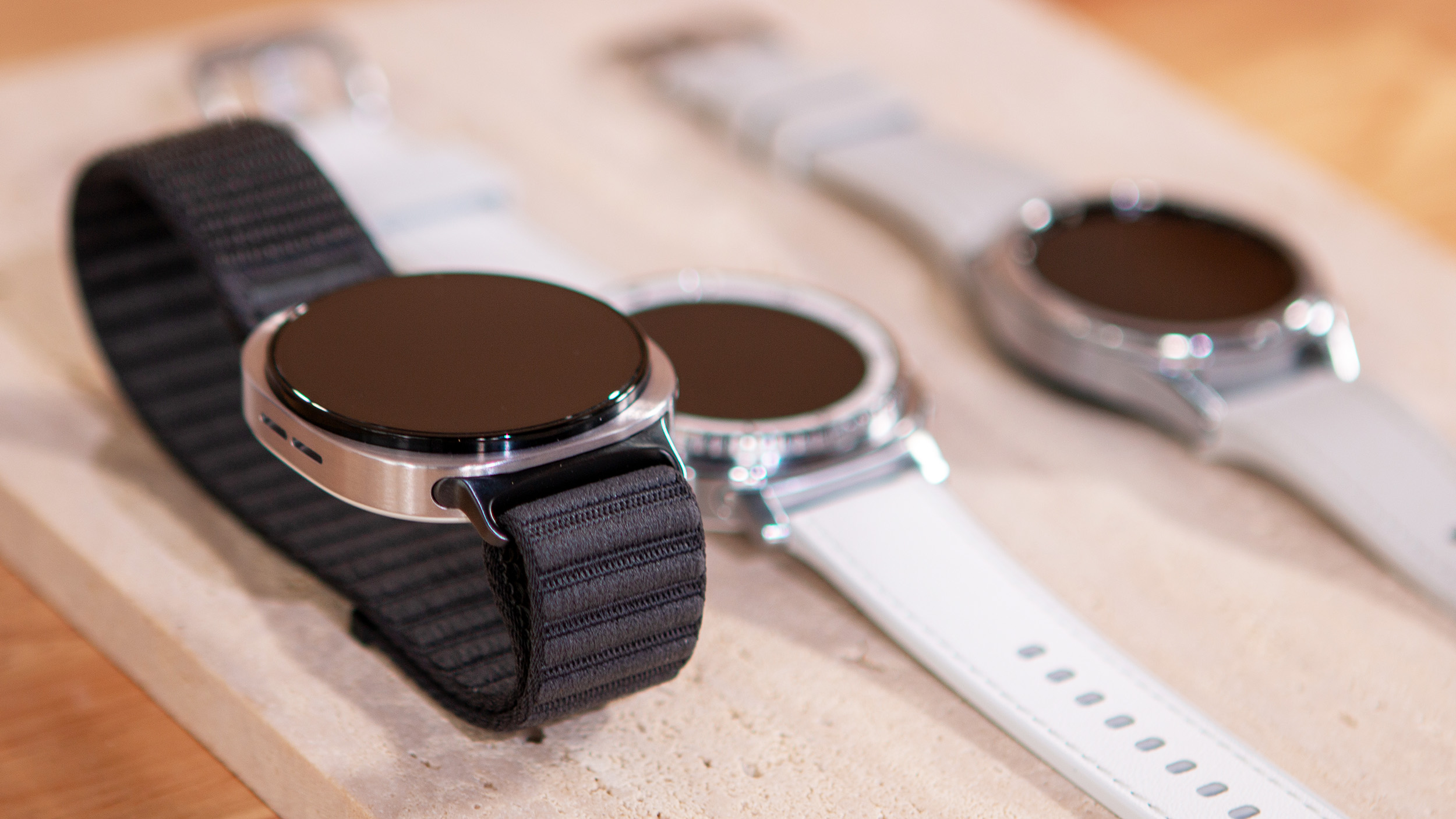
The Samsung Galaxy Watch 8 features a fresh, Ultra-like design that may appeal to some. However, the minimalist and sleek appearance of the Galaxy Watch 7 will still be sought after by a certain kind of Galaxy fan. It's also hard to ignore the price difference between these two models, as the Galaxy Watch 7 is frequently sold at half price these days.
Still, the Galaxy Watch 8 is the latest and greatest Samsung smartwatch. There are some notable quality-of-life upgrades, such as the slimmer design and brighter screen. If these sound enticing, the Galaxy Watch 8 could be worth your money.
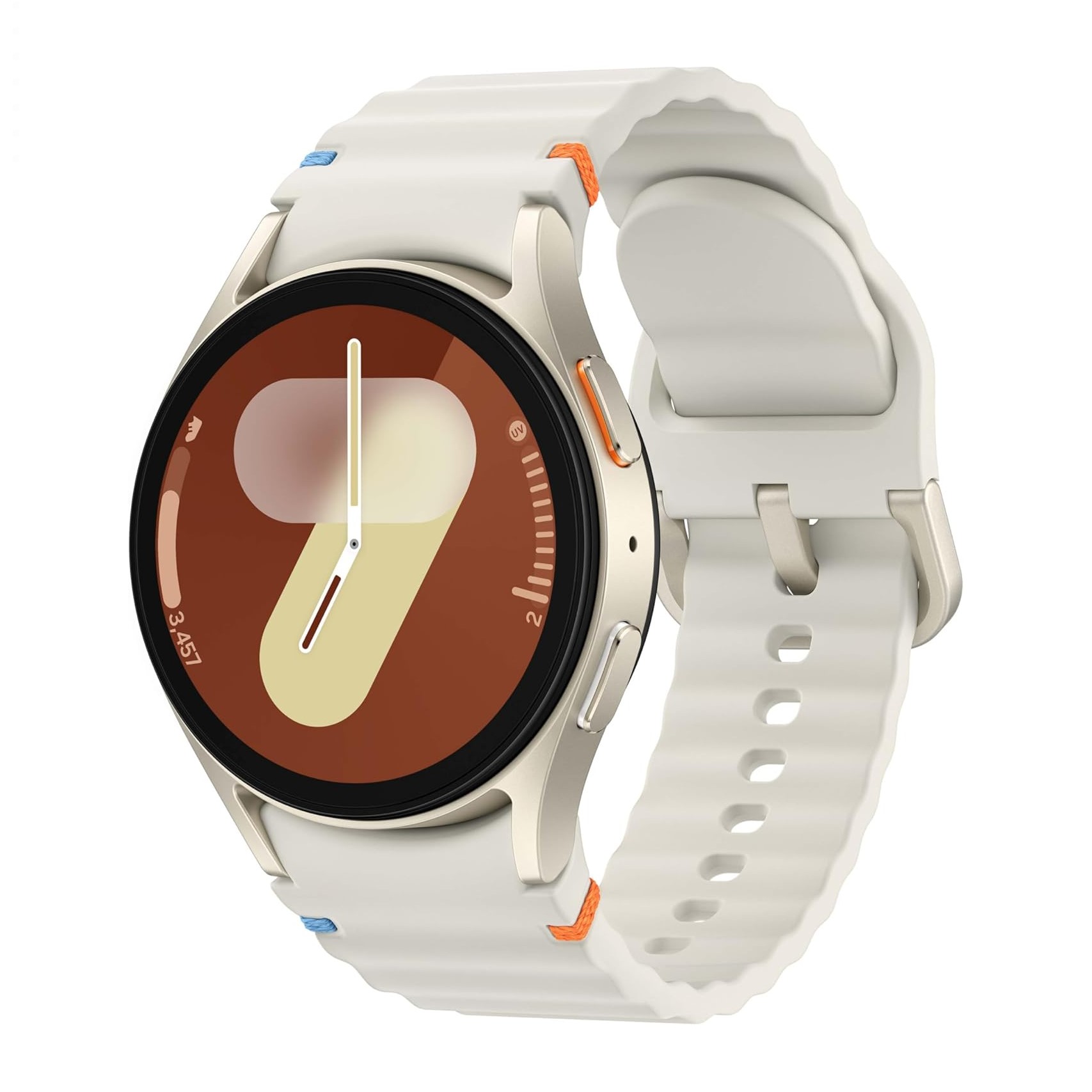
Samsung's finest
The Galaxy Watch 7 is still a great choice even nearly a year after launch. The classic watch design, light weight, and great set of features make it a good choice for most Android users.

Roydon has been writing about personal technology for 10+ years, and has covered everything from news, reviews, features, to on-ground coverage of big trade shows like CES. He's passionate about mobile technology and computing, dabbles with photography, and is still struggling to work his way through his Steam and PS4 game library.
You must confirm your public display name before commenting
Please logout and then login again, you will then be prompted to enter your display name.
